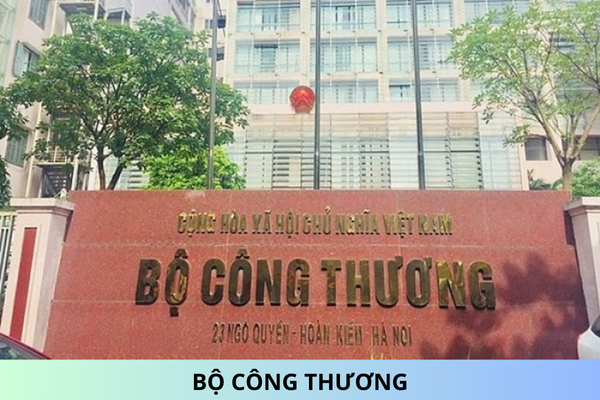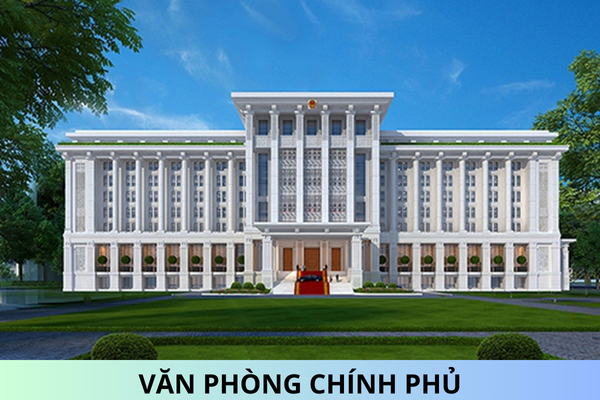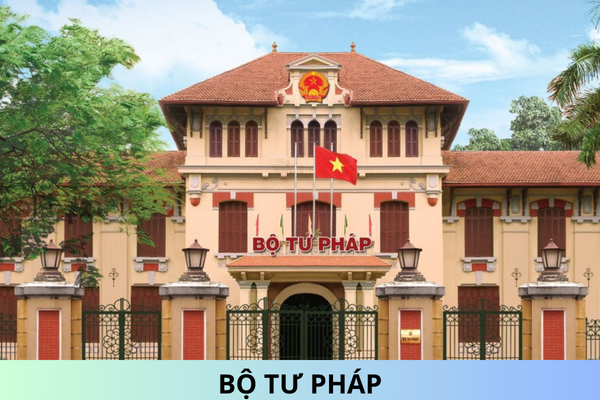From January 1, 2025, will the district-level town Phong Dien beestablished under Hue city?
From January 1, 2025, will the district-level town Phong Dien beestablished under Hue city?
The Standing Committee of the National Assembly of VIetnam promulgated Resolution 1314/NQ-UBTVQH15 in 2024 regarding the arrangement of district and commune-level administrative units of Hue city for the period 2023 – 2025. Resolution 1314/NQ-UBTVQH15 of 2024 takes effect from January 1, 2025.
Article 2 of Resolution 1314/NQ-UBTVQH15 in 2024 stipulates the establishment of the district-level town Phong Dien, city of Hue, on the basis of the entire natural area of 945.66 km² and a population size of 105,597 people from Phong Dien district.
After establishment, the district-level town of Phong Dien will have 12 commune-level administrative units, consisting of 06 wards: Phong An, Phong Hai, Phong Hien, Phong Hoa, Phong Phu, Phong Thu, and 06 communes: Phong Binh, Phong Chuong, Phong My, Phong Son, Phong Thanh, Phong Xuan.
Phong Dien town borders district-level town Huong Tra, A Luoi district, Quang Dien district; Quang Tri province and the East Sea. The formation of wards and the arrangement of commune-level administrative units under district-level town Phong Dien are as follows:
[1] Establishment of Phong Thu ward by merging the entire natural area of 18.75 km², with a population size of 8,155 from commune-level town Phong Dien and the entire natural area of 26.59 km², with a population of 3,654 from Phong Thu commune.
After establishment, Phong Thu ward has a natural area of 45.34 km² and a population size of 11,809 people.
[2] Establishment of Phong Hai ward by merging the entire natural area of 12.69 km², with a population size of 5,067 from Dien Hai commune and the entire natural area of 5.47 km², with a population of 4,026 from Phong Hai commune.
After establishment, Phong Hai ward has a natural area of 18.16 km² and a population size of 9,093 people.
[3] Establishment of Phong Phu ward by merging the entire natural area of 13.61 km², with a population size of 5,561 from Dien Loc commune and the entire natural area of 13.55 km², with a population of 4,571 from Dien Hoa commune.
After establishment, Phong Phu ward has a natural area of 27.16 km² and a population size of 10,132 people.
[4] Establishment of Phong An ward with the entire natural area of 32.38 km² and a population size of 13,924 people from Phong An commune.
[5] Establishment of Phong Hien ward with the entire natural area of 39.48 km² and a population size of 7,823 people from Phong Hien commune.
[6] Establishment of Phong Hoa ward with the entire natural area of 34.27 km² and a population size of 8,334 people from Phong Hoa commune.
[7] Establishment of Phong Thanh commune by merging the entire natural area of 17.26 km², with a population size of 3,114 from Dien Huong commune and the entire natural area of 16.43 km², with a population of 3,124 from Dien Mon commune.
After establishment, Phong Thanh commune has a natural area of 33.69 km² and a population size of 6,238 people.

From January 1, 2025, will the district-level town Phong Dien beestablished under Hue city?(Image from Internet)
What are the classification standards and scoring criteria for classifying district-level town in Vietnam?
According to Article 18 of Resolution 1211/2016/UBTVQH13 (amended by Clause 18 of Article 1 of Resolution 27/2022/UBTVQH15, the standards for classification and scoring of district-level town administrative units are as follows:
- Population size of up to 50,000 is scored 10 points; over 50,000, for every additional 3,000 people, an additional 0.5 points is given, but not exceeding 30 points.
- Natural area up to 70 km² is scored 10 points; over 70 km², for every additional 05 km², an additional 0.5 points is given, but not exceeding 25 points.
- Number of subordinate administrative units:
+ Having up to 08 commune-level units is scored 2 points; over 08 units, for every additional unit, an additional 0.5 points is given, but not exceeding 6 points;
+ The percentage of wards to total commune-level units up to 30% is scored 1 point; over 30%, for every additional 5%, an additional 0.5 points is given, but not exceeding 4 points.
- Socio-economic development level:
+ Self-balancing of local budget revenue and expenditure is scored 10 points.
In cases where budget revenue and expenditure cannot be self-balanced, if local budget revenue according to decentralization compared to total local budget balance expenditure is up to 50% is scored 3 points; over 50%, for every additional 5%, an additional 0.5 points is given, but not exceeding 8 points;
+ The proportion of industry, construction, and services in the economic structure up to 65% is scored 1 point; over 65%, for every additional 5%, an additional 0.5 points is given, but not exceeding 4 points;
+ The percentage of non-agricultural labor up to 55% is scored 1 point; over 55%, for every additional 5%, an additional 0.5 points is given, but not exceeding 4 points;
+ The percentage of trained labor up to 55% is scored 1 point; over 55%, for every additional 5%, an additional 0.5 points is given, but not exceeding 3 points;
+ The percentage of commune-level units meeting national health criteria up to 55% is scored 1 point; over 55%, for every additional 5%, an additional 0.5 points is given, but not exceeding 3 points;
+ The percentage of households using clean water up to 60% is scored 1 point; over 60%, for every additional 5%, an additional 0.25 points is given, but not exceeding 3 points;
+ The percentage of poor households according to multi-dimensional poverty standards from 4% upwards is scored 1 point; below 4%, for every decrease of 0.5%, an additional 0.5 points is given, but not exceeding 3 points.
- Special factors:
+ Temporary resident population from 10% to 20% of the permanent population is scored 1 point; over 20%, for every additional 5%, an additional 0.25 points is given, but not exceeding 2 points;
+ Highland towns are scored 1 point; mountainous district-level towns are scored 0.5 points;
+ Having 10% to 20% of the commune-level administrative units with land border with the national border is scored 0.5 points; over 20%, for every additional 5%, an additional 0.25 points is given, but not exceeding 1 point;
+ Having 20% to 30% of the population as ethnic minorities is scored 0.5 points; over 30%, for every additional 5%, an additional 0.25 points is given, but not exceeding 1 point.
What is the standard population size for a district-level town in Vietnam?
According to Article 6 of Resolution 1211/2016/UBTVQH13 (amended by Clause 20 of Article 1 of Resolution 27/2022/UBTVQH15), the standards for a district-level town are:
Article 6. Standards for a district-level town
- Population size of 100,000 people or more.
- Natural area of 200 km² or more.
- Subordinate administrative units:
a) Number of commune-level units of 10 or more;
b) The percentage of wards to total commune-level units from 50% or more.
- Recognized as a Grade III or Grade IV urban area; or the area proposed to establish the district-level town has been classified as meeting the criteria of a Grade III or Grade IV urban area.
- Economic structure and socio-economic development level meeting the regulations in the Annex issued with this Resolution.
Thus, the standard population size for a district-level town is from 100,000 people or more.










